I must admit that after our long weekend in Pembrokeshire I was slightly put off…
The history of the folly
Anywhere you go, you can bump into follies in England. Some of the finest follies are to be found in great landscape gardens, but you can come across some on a simple country walk as well. Lat’s have a look at the history of the folly and its different types.
But what is a folly?
A folly might be defined as a a useless building erected for ornament on a gentleman’s estate. The intention is to look at them and enjoy them, however, there’s more purpose to them as you’ll see later.

The history of the follies
Follies were built as far back as the 16th century on big estates. The oldest folly is the Freston Tower which was built as a prospect tower in 1579. However, the heyday of the folly was the 18th century when landscape gardens became fashionable. The wealthy young people set off to the Continent after university, but before marrying and settling down and toured Europe. The Grand Tour was enormously popular, a symbol of wealth and status, with the belief that it would complete a young man’s education. Paris, Rome, Venice, Florence was a must, the luckier could allow to travel even further to Greece, Turkey and Egypt. On their return to England, they wanted to replicate in their gardens what they had seen on the tour and build classical follies. Their homes were decorated with statues and paintings that they had bought on their trip. By the end of the 18th century follies became more exotic and pagodas, Japanese bridges and Tartar tents became fashionable.
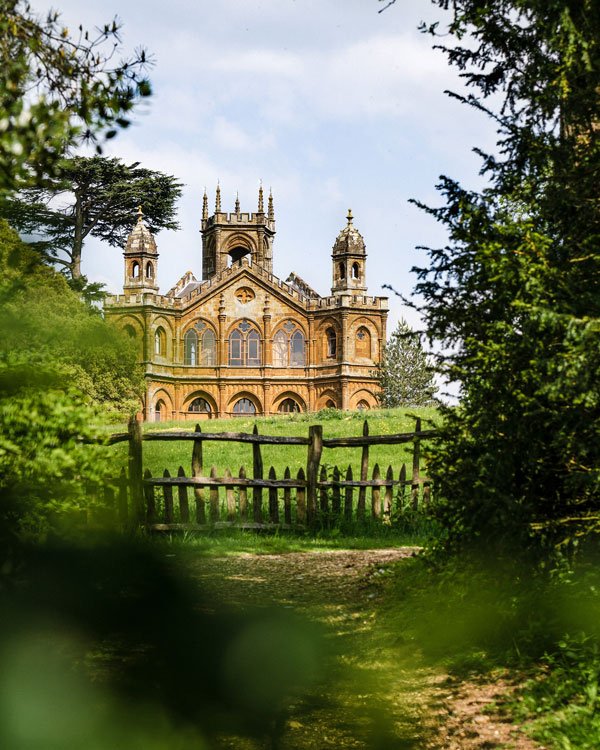

Types of the follies
Follies come in all shapes and sizes. The most common ones are: belvederes, grottos, obelisks, pagodas, pavilions, towers, pyramids, ruins, arches, fishing pavilions, bridges, hermitage, cascades and statues.

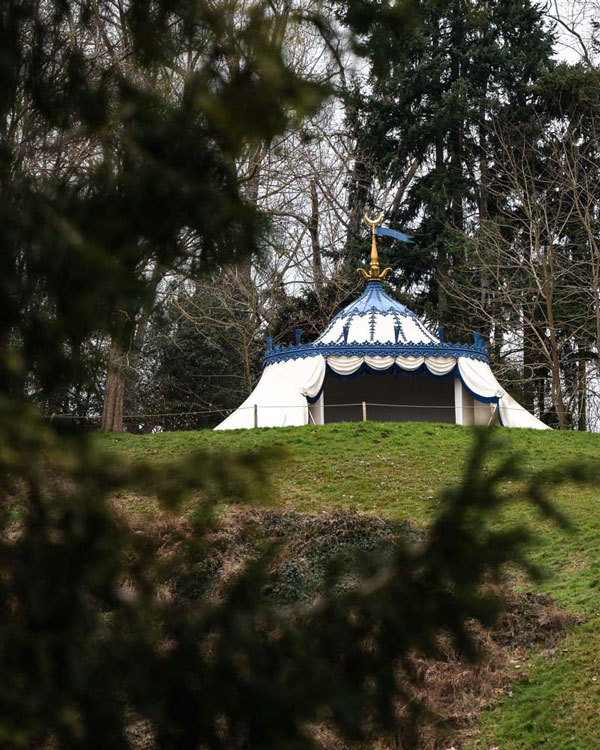
Grotto
Grotto is a natural or artificial cave used as a garden feature. The outsides of garden grottos are often designed to look like an enormous rock, a rustic porch. Inside they are decorated with fountains, imitations of shells and gems. They could serve as baths, chapels and in some cases they were used on hot summer days to chill or to dine. In the Victorian era grottoes were dismissed as damp and unhealthy. There was one last hurrah in the early 20th C in Friar Park, Oxfordshire. Sir Frank Crisp created a subterranean ice grotto with real icicles and distorting mirrors which shrank visitors into dwarfs.
Obelisk
The ancient Egyptian obelisks symbolised the Sun and consisted of one stone only. Obelsiks built in landscape gardens, towns or village gardens were made of several stones.
Belvedere
The word ‘belvedere’ means fair view in Italian and is an architectural structure with a scenic view. It can be part of a building like a cupola or a turret or can be a separate building in the garden.

Pagoda
Pagodas are tiered towers with multiple eaves and were built for religious purposes in Japan, China and Korea. Traditionally they have an odd number of levels, the exception is Kew where the pagoda has 8 storeys.
Pavilion
Perhaps the pavilion is the most common structure in the landscape gardens and it has so many different types. You could call temples built in classical styles a pavilion, or a banqueting house, a rotunda, or a fishing pavilion. A pavilion with a view might be called a gazebo. They are also used in on cricket pitches, piers and in other cases a pavilion can mean a hunting lodge. Pavilions are often associated with pleasures such as having tea or a concert.

Some of the follies have a story
Doyden Castle, Cornwall
This small castellated Gothic folly is called Doyden Castle and was built around 1830 by a local landowner, Samuel Symons. You wonder why here, in a middle of nowhere? Well, he had it built as a secret place to entertain his guests, where he could drink and gamble with his friends. Believe it or not, you can rent this property for your holiday as it is owned by the National Trust. It looks amazing inside and the views are fantastic and if you look closer, you can spot the rabbits living around the building.
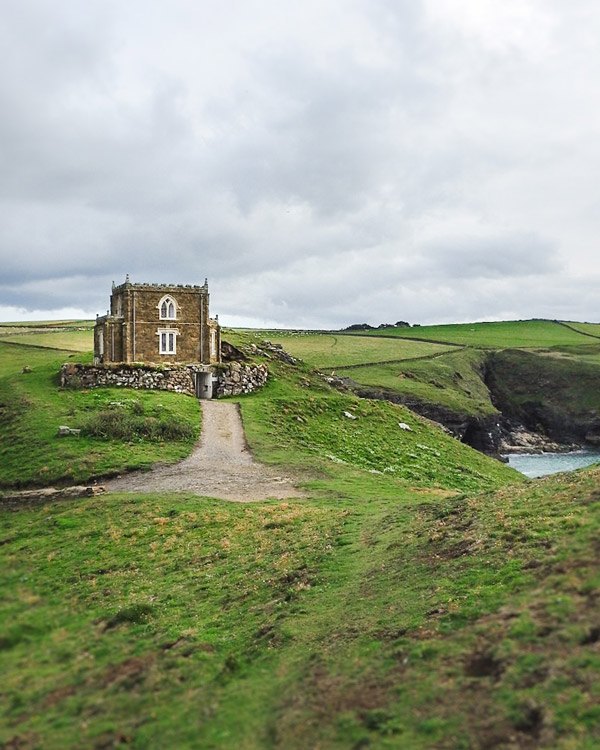

Broadway Tower, the Cotswolds
Follies come in different shapes and sizes and I love all of them. The Broadway Tower is no exception. Love the fact that James Wyatt designed it to look like a Saxon tower and added gargoyles – quite interesting looking ones, turrets and battlements. And the story behind it? It is to love too: Lady Coventry wondered whether a beacon on this hill could be seen from her house in Worcester and funded the construction of the folly. And this makes me think how different life was a few centuries ago.
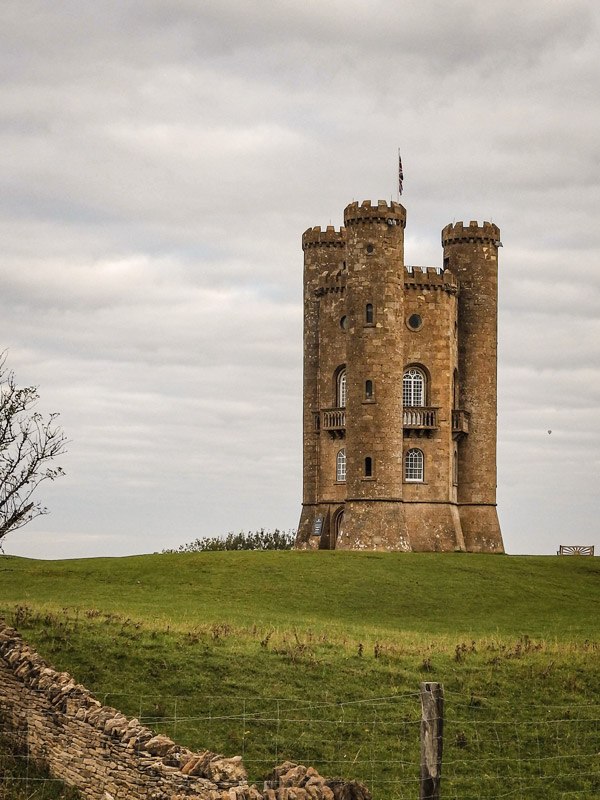
Lord Boston’s Folly, Hedsor
It consists of several free-standing brick and flint towers which look like a ruined castle. The 2nd Baron Boston built it to enhance the view from his home, Hedsor House, which was bought by his father, the 1st Baron Boston, who wanted to be close to Windsor and the King’s son, Frederick, Prince of Wales based in Cliveden. According to some stories, the folly was built to commemorate the victory at Waterloo in 1815, or in praise of the recovery of the King from his illness. It is unknown when it was built and it has been suggested that King George III designed the structure. But who was this mysterious Lord Boston…? Coming from a Lincolnshire family, he was a courtier, holding the office of Lord of the Bedchamber to George III and George IV.
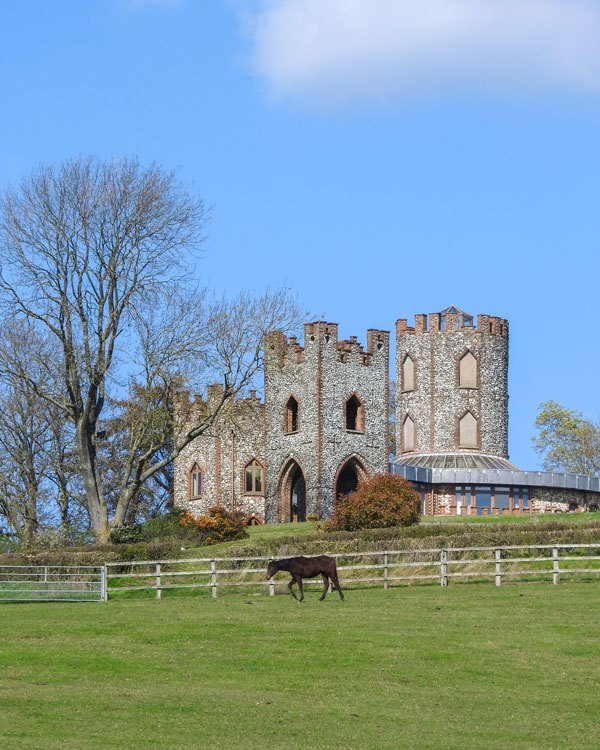
Temple Island, Henley-on-Thames
The temple on the Temple Island would classify as an elegant Georgian folly. It was designed as a fishing lodge for Fawley Court by the English architect James Wyatt in 1771. The statue under the cupola is a statue of Bacchante (replacing the original C18 statue of Venus).

Wilder’s Folly, Reading
Believe it or not, it hides a romantic story. Reverend Henry Wilder was courting Joan Thoyts in the 18th century. He lived in Sulham House and she in Sulhamstead House. Wilder had a thought and built the tower on top of a hill so that the love of his life could see it from her home and remind her of him. (What all these gentlemen did for their loves those days…!) The couple would meet in the tower which functioned as a tearoom and an external wooden staircase lead up to it. Did they only have tea there…? Well, they married and had 11 children. In the 19th century the windows of the tower were bricked up and the building was converted into a dovecot. Today it is empty and is standing unused on the top of the hill…
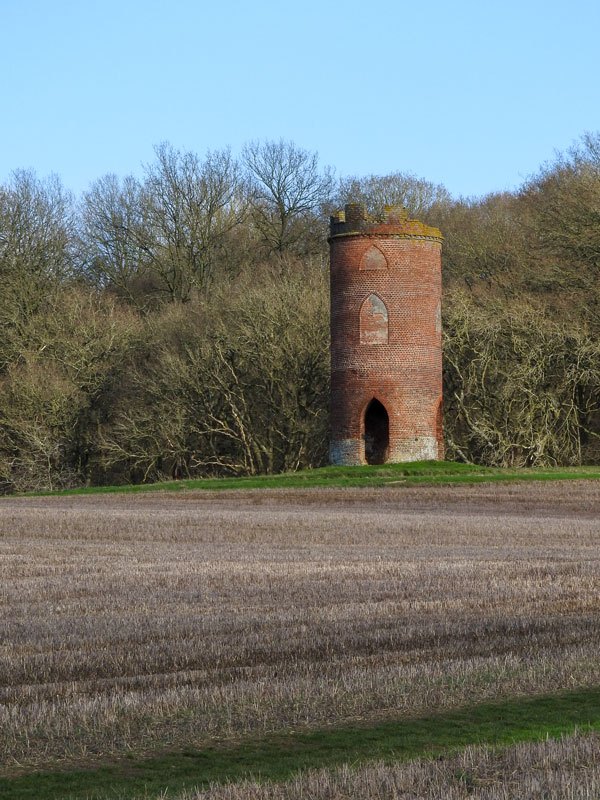
~
Perhaps the best examples to see all types of follies are the magnificent landscape gardens of Stowe and Painshill Park. If you’d like to have a look at other folly types, please check out my earlier post about Stowe. If you fancy staying at a folly during your holiday check out the holiday lets by the National Trust Holiday and the Landmark Trust.

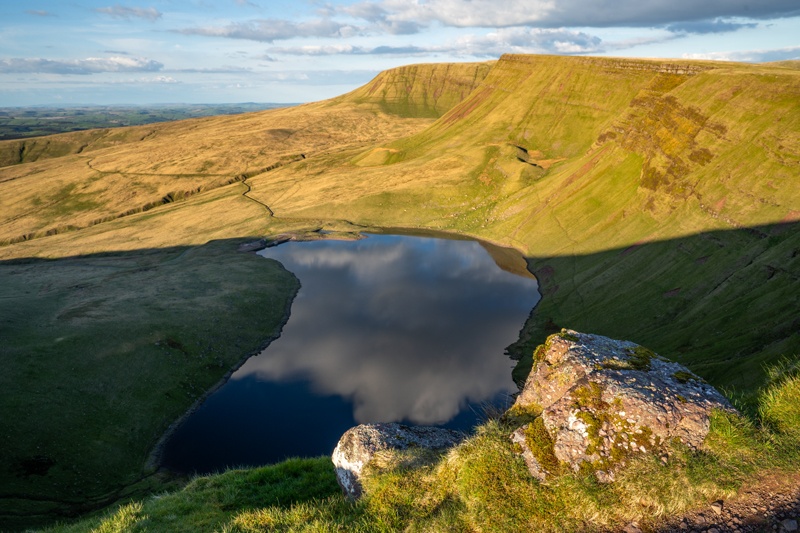

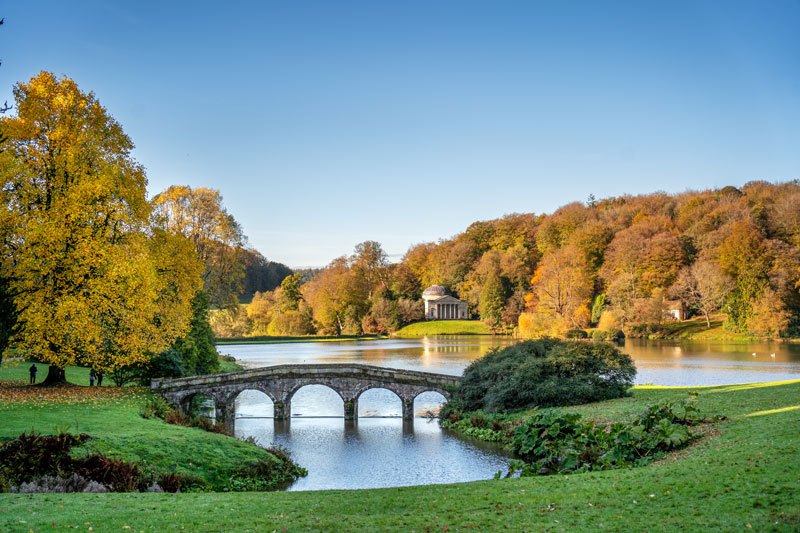
Comments (0)